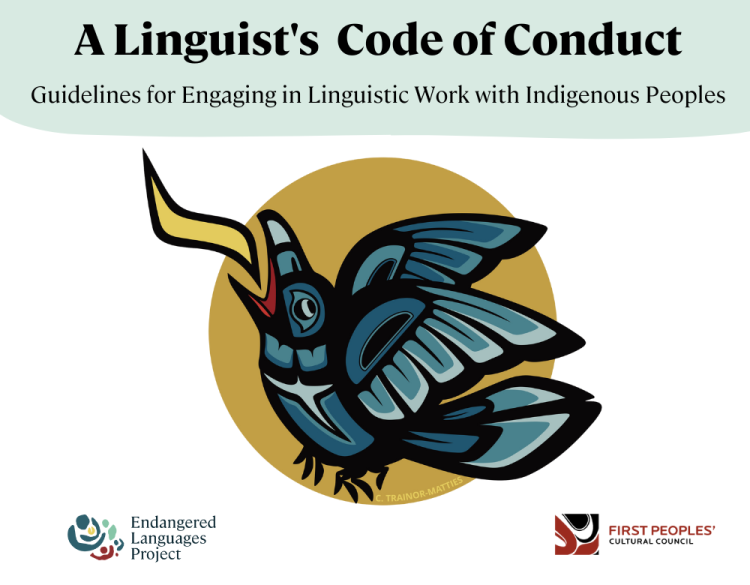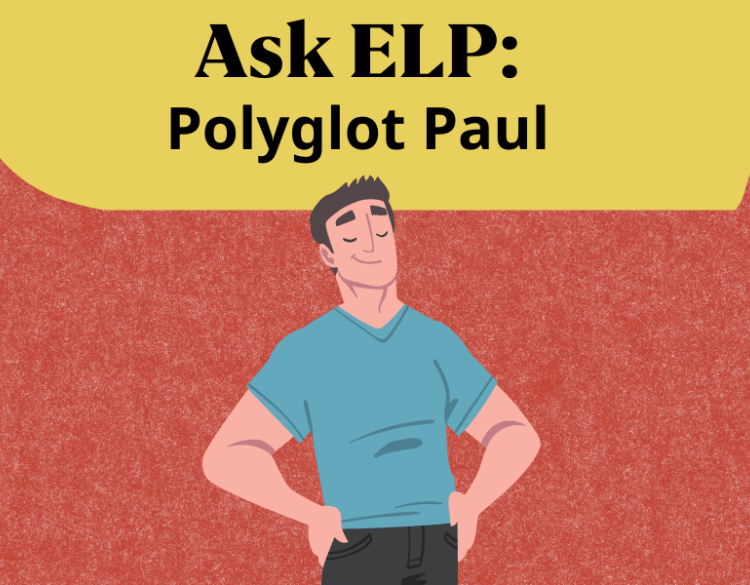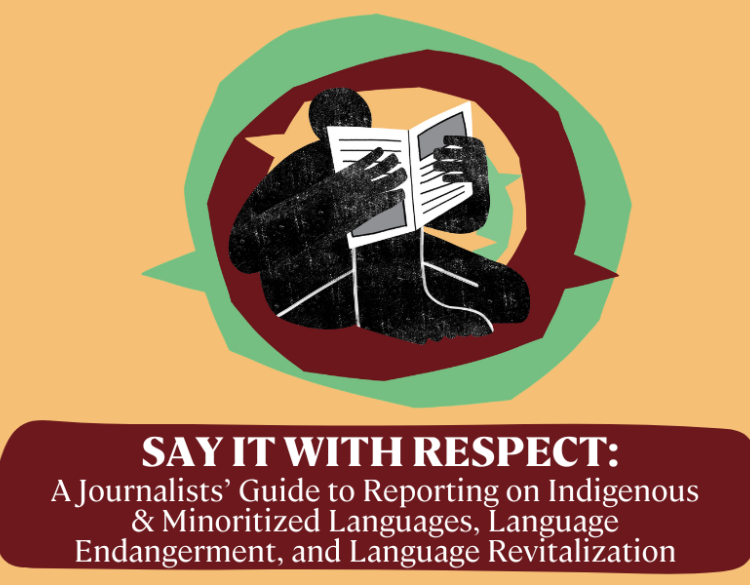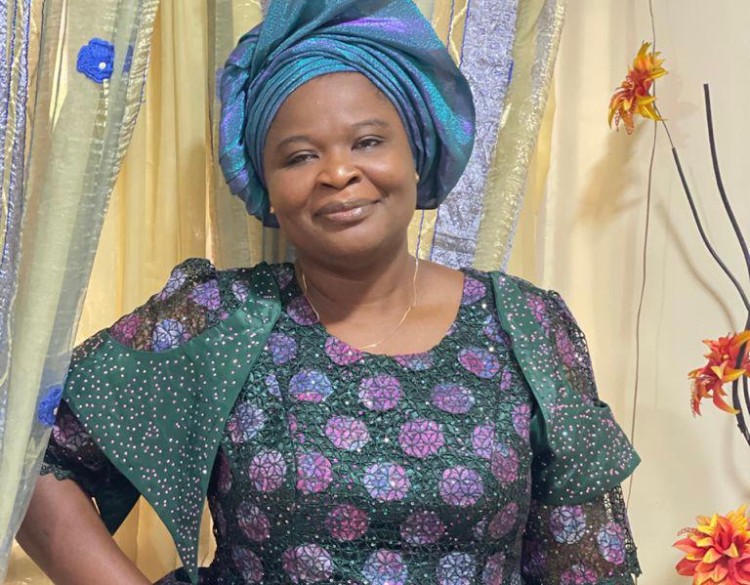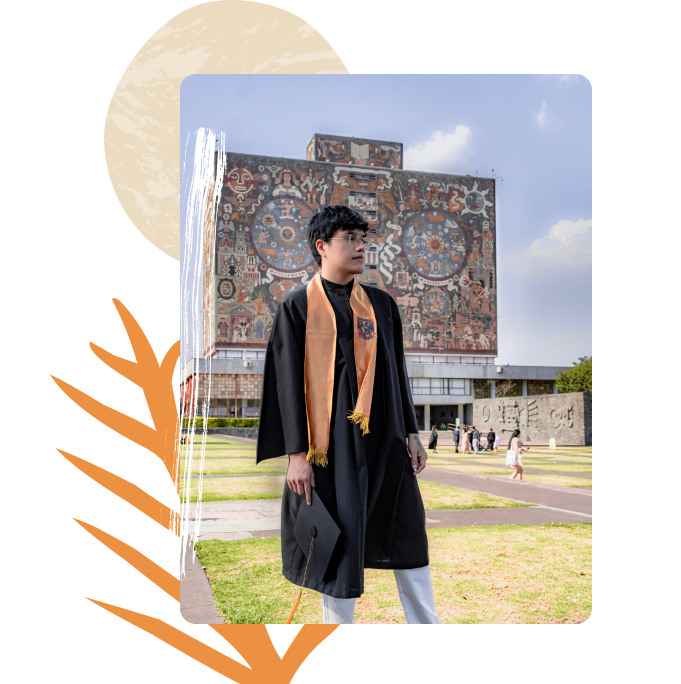The work of language revitalization contributes to building a more just world. Many people around the world want to support this work, even if they are not part of a community whose language is being revitalized. Allies are people who want to support language revitalization work, but who may not be part of the language community themselves.
Indigenous and minoritized language communities have the right to make decisions about all aspects of their lives, including whether, or how, they work with allies. This right to autonomy has historically been violated, and often still is. Being an ally means working against this by making a commitment to centering community perspectives and decision-making. Critical self-reflection, and approaching this work with accountability and humility, can work against colonizing practices that harm communities.
The resources in this section are aimed at people who are interested in supporting language revitalization as an ally.
